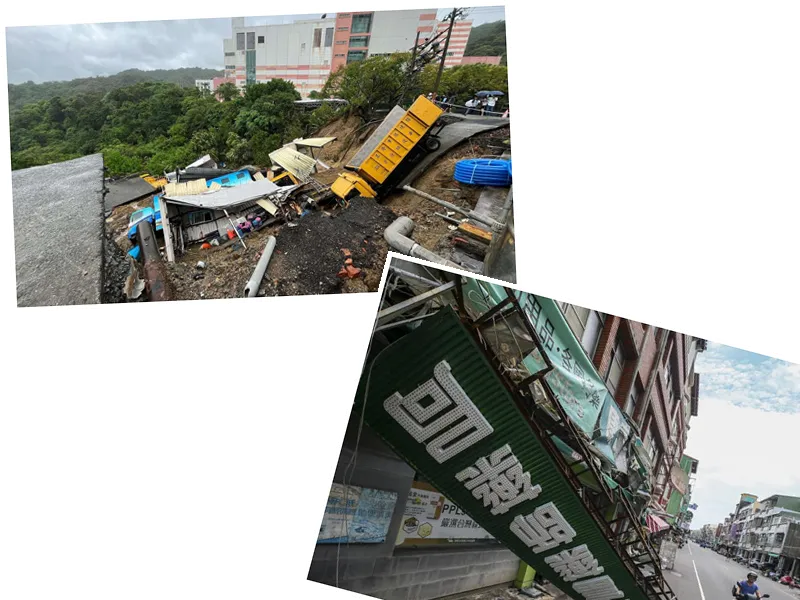Typhoon Shanshan Strikes Japan: A Nation on High Alert
The feared Typhoon Shanshan made landfall in Japan on Thursday morning, impacting the southern island of Kyushu. According to the Japan Meteorological Agency, the center of the typhoon hit near Satsumasendai in Kagoshima prefecture around 8:00 AM local time. Fortunately, there have been no reports of injuries or fatalities as of now. However, the approaching storm has prompted significant precautions, including the suspension of operations at all Toyota factories across Japan.
As Shanshan, classified as Typhoon No. 10, approached, the government warned of extremely violent weather conditions. With gusts reaching up to 252 km/h, the typhoon was merely 120 kilometers away from Yakushima island. Government spokesman Yoshimasa Hayashi emphasized that residents should prepare for unprecedented strong winds and waves, stating, "We can expect storm conditions that many people have never experienced."
Evacuations and Disruptions Amidst Severe Weather
The imminent threat of the typhoon has led to evacuation notices for 810,000 people in the central Shizuoka department and another 56,000 in Kagoshima. The Japan Meteorological Agency forecasts that southern Kyushu could receive up to 1,100 mm of rain within a 48-hour period, raising concerns of further landslides and flooding. This comes in the wake of a recent landslide in Gamagori, where three individuals remain missing.
Transportation services have also been significantly disrupted. Japan Airlines and ANA have canceled numerous domestic and international flights, while train services between Tokyo and Fukuoka are facing potential cancellations. The weather agency has indicated that it may issue a special heavy rain alert for Kagoshima as the situation develops. As the nation braces for the storm, experts remind us that climate change is intensifying the frequency and severity of typhoons in the region.
- The typhoon's impact is compounded by recent meteorological patterns that have seen typhoons forming closer to shore and intensifying more quickly. In mid-August, Typhoon Ampil caused extensive travel disruptions but fortunately resulted in no serious injuries. As Japan faces these natural disasters, the need for preparedness and community resilience becomes increasingly crucial.






